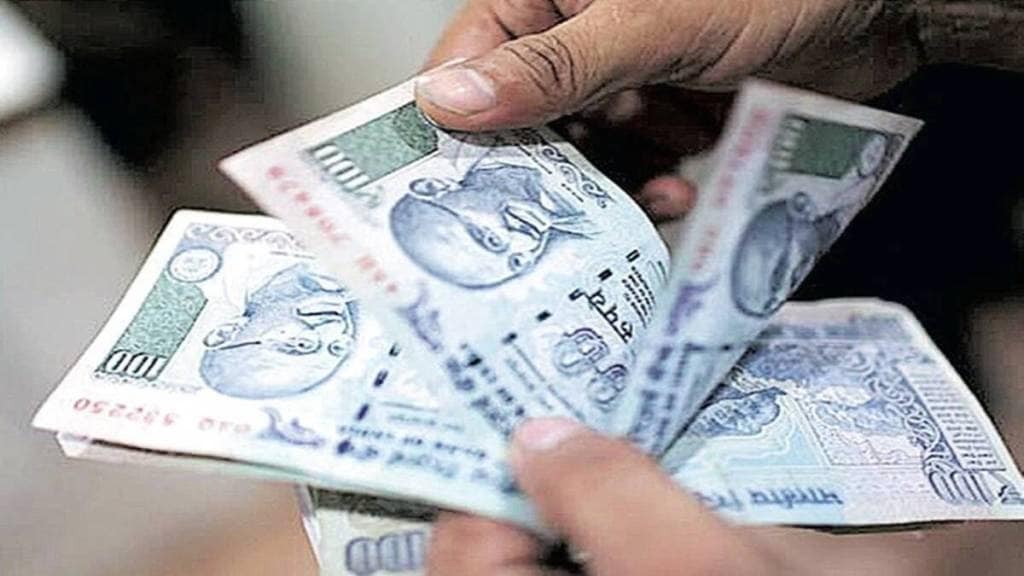Large microfinance institutions (MFIs) such as CreditAccess Grameen, Spandana Sphoorty and Bandhan Bank are likely to witness their credit cost ratio moderating to a five-year low to an average of 2.3% in FY24. These entities may report a double-digit growth in gross loans.
The microfinance sector’s credit cost shot up sharply, from 3% in FY20 to 7% in FY22, on account of Covid-induced economic slowdown, a report by ICICI Securities said. However, with authorities launching regulatory support schemes such as moratorium on loans, one-time resolution scheme and emergency credit line guarantee scheme, the credit cost is expected to decline to an estimated 3.4% in FY23, it said.
“We expect the declining trend in credit cost to continue in FY24 and remain at average 2.3% for our coverage vs 3.4% in FY23E and >5% between FY20 and FY22,” ICICI Securities said.
As per the report, CA Grameen’s credit cost is expected to fall to 2.2% in FY24 from an estimated 2.5% in FY23. For Spandana Sphoorty, it could fall to 2.8% from 6.8%. Bandhan Bank and Suryoday Small Finance Bank, meanwhile, can see a moderation to 1.9% and 3% in FY24 from 3.9% and 4.5%, respectively, in FY23.
According to HP Singh, chairman and managing director (CMD) at Satin Creditcare Network, the micro loan portfolio originated by the MFI from July 2021 is showing a healthy repayment behaviour. “Portfolio originated from July 2021 onwards is showing excellent performance for Satin, with PAR-1 (portfolio at risk-1 day) at 0.5% and PAR-90 days at 0.1% as of December 2022. Going forward, we expect our performance to remain on the similar lines. We expect the credit cost to be between 1.5% and 2% (in FY24),” he said.
AUM growth
While credit cost is likely to be muted, the overall gross loan portfolio (GLP) for non-bank microfinance lenders is likely to register more than 25% year-on-year growth in the current fiscal.
As per the latest micrometer released by the Microfinance Institutions Network, an RBI-recognised self-regulatory organisation, the microfinance industry had a total GLP of Rs 3.20 trillion as on December 2022, 25% higher compared with Rs 2.56 trillion as of December 2021.
NBFCs continued to be the largest provider of microcredit with loan amount outstanding of Rs 1.23 trillion as of December end, while banks held the second-largest share of portfolio in microcredit with total loan outstanding of Rs 1.14 trillion.
“In the last two quarters, if you see the trend, NBFCs’ market share has increased to 38.5% of the total industry portfolio as of December end, while banks’ share has reduced to 35.7%. But, I would not read too much into it because it keeps changing… it has to be seen on a long-term basis… Banks might have taken more time for IT changes and compliance to new regulations, slowing down disbursements,” said Alok Misra, CEO and director at MFIN.
“A lot depends on multiple economic factors. In this global scenario, if liquidity dries up, maybe it (loan growth) will be tempered, but if things remain normal, NBFCs’ MFI gross loan portfolio growth is expected to grow somewhere around 25-30%…,” he added.
Further, as per the ICICI Securities report, the recent lifting of dual regulatory framework for micro lenders and enhanced clarity on regulatory authority for micro lenders by a state court will open up two states, Andhra Pradesh and Telangana, to the microfinance sector.
“While players were selectively tapping AP (Andhra Pradesh) and Telangana markets, on a low base, new customer acquisition was steadily outpacing systemic customer acquisition growth,” the report said.


